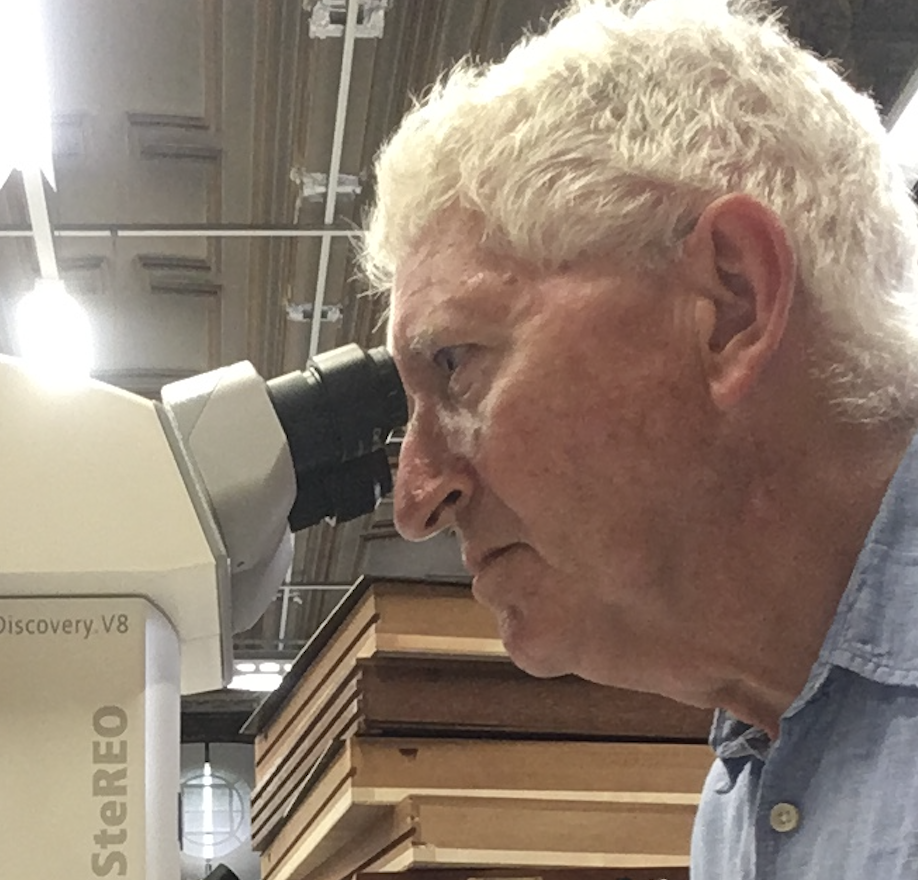These ferocious aerobatic hunters are renowned for their enormous compound eyes, which give them the optical acuity necessary to seize prey in mid-air over open water. Both dragons and damsels have short antennae, so vision is their primary means of navigating and capturing food.
Their eyes are made up of thousands of ommatidia (telescope-shaped clusters of photoreceptor cells) that resemble a honeycomb. These collect light and signals that, when they are processed by the brain, can produce a clearer and less pixilated image than in other smaller-eyed insects. Some dragonflies can also see colours that we can’t, such as ultraviolet.
While dragons’ eyes are on the front of the head, damsels’ are on the sides. This may give less frontal vision for zoom-and-swoop attack, but allows all-round – including above and behind – perception of their aerospace. This is vital for hovering insects, especially damselflies, which often travel among the herbage rather than skimming the water or flying in the open.
